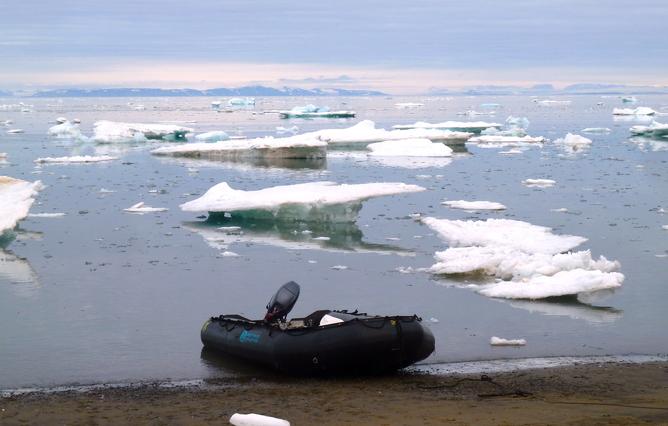The landscape is literally cracking up. Permafrost causes moving rocks, sliding land, and wide crevices. This is the remote island of Edgeøya in the High Arctic, where nature clearly rules. Over the summer, I was part of a team of scientists that made a remarkable discovery here. It could teach us a great deal about how the High Arctic is changing and what it means for the rest of the world.
Edgeøya is part of the Svalbard archipelago. The islands belong to Norway, but have long been important in Dutch culture. The Dutch explorer Willem Barentsz discovered them in 1596. The Norwegians think Barentsz only found what they already knew was there, but their evidence remains disputed.

Edgeøya's cracked landscape. Rene van der Wal
